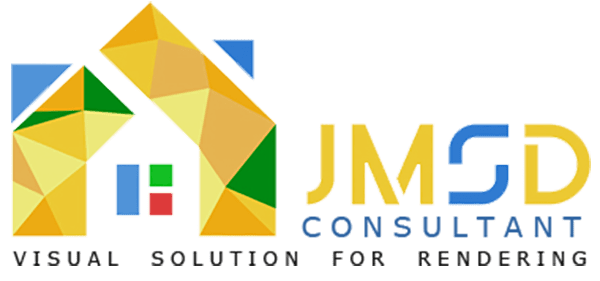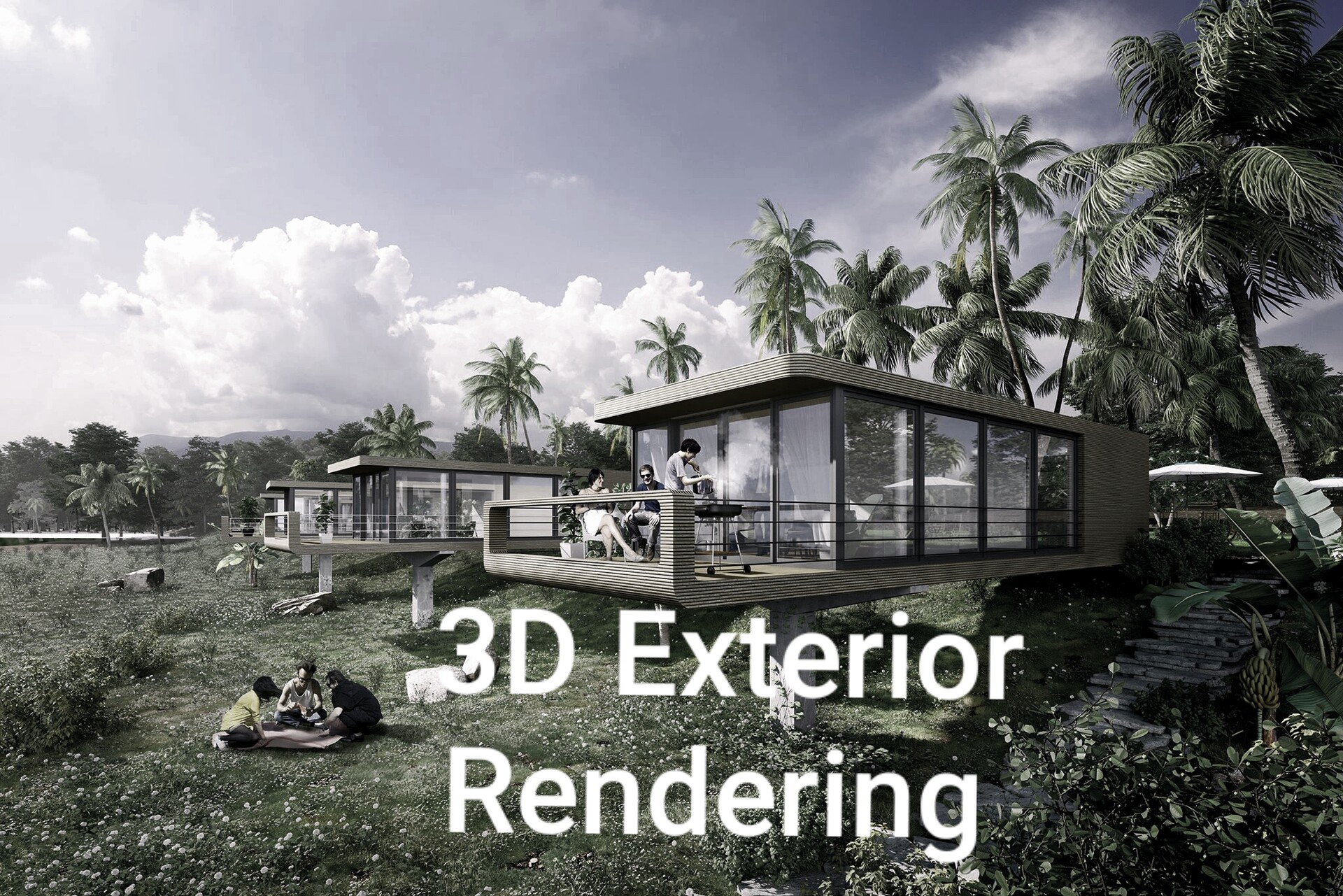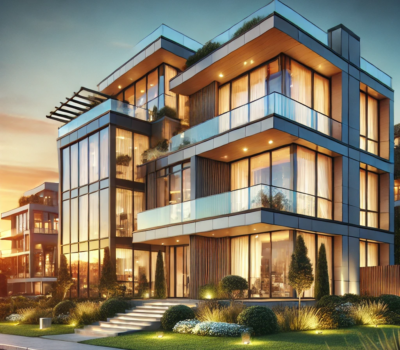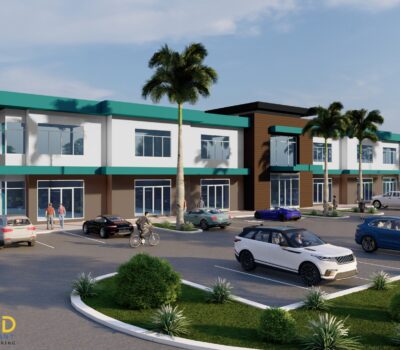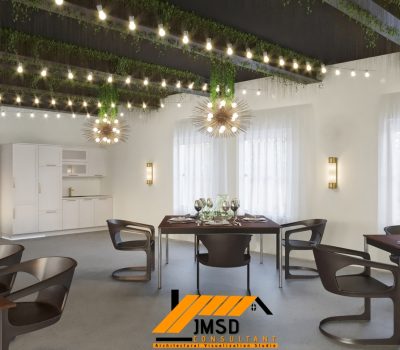When it comes to determining the 3D exterior rendering Cost, several factors can impact rates and budget considerations.
Today’s topic revolves around 13 factors that influence the related to exterior rendering price. Every building, be it a single-family home, a housing development, a commercial property, or an industrial facility, is the result of a meticulous and time-consuming process that typically commences with architectural planning. In the past, structures of the future were sketched and planned on paper.
Nowadays, advancements in technology have enabled the creation of designs ranging from the tiniest three-dimensional models to towering skyscrapers through the utilization of computer-generated imagery and virtual reality.
Here are Maximizing Efficiency in 3D Exterior Rendering Price :
Project Complexity:
The complexity of the 3D Exterior Design for Home Rendering, including architectural style, building size, and intricacy of details, can significantly affect the cost of rendering. More complex projects typically require more time and expertise, resulting in higher rates.
Level of Detail:
The level of detail required in the rendering, such as textures, materials, landscaping, and lighting effects, can impact pricing. Detailed renderings that require intricate modeling and realistic textures may command higher rates compared to simpler designs.
Resolution and Image Quality:
Higher resolution and image quality requirements will generally increase rendering costs. High-definition renderings with crisp details and realistic lighting take more time and computing resources to produce, thus driving up the price.
Rendering Style:
Different rendering styles, such as photorealistic, stylized, or conceptual, can have varying costs. Photorealistic Renderings that closely mimic real-life visuals typically require more time and expertise, resulting in higher rates compared to stylized or conceptual renderings.
Timeframe:
Urgent or rush projects may incur additional costs due to the need for expedited turnaround times. Rendering studios may charge premiums for prioritizing projects and allocating resources to meet tight deadlines.
Software and Tools:
The software and tools used for rendering can impact costs. Specialized rendering software and plugins may require licensing fees or additional expenses, which can be reflected in the overall project cost.
Experience and Expertise:
The level of experience and expertise of the rendering professionals or studio can influence pricing. More experienced artists or studios with a proven track record may command higher rates due to their skill level and reputation for delivering high-quality work
Revision and Iteration Process:
The number of revisions and iterations required during the rendering process can affect costs. Additional rounds of revisions beyond the initial scope may incur extra charges, so clear communication and feedback early in the process are essential to avoid unnecessary expenses.
Scope of Services:
The scope of services included in the rendering package, such as additional views, animations, or interactive features, can impact pricing. Clients may incur extra costs for add-on services or enhancements beyond the basic rendering package.
Client Requirements:
Specific client requirements or preferences, such as customizations, branding elements, or unique design features, can influence pricing. Customized renderings tailored to meet client specifications may require additional time and resources, resulting in higher costs.
Geographical Location:
Rendering rates may vary depending on the geographical location of the rendering studio or professionals. Rates in major metropolitan areas or regions with higher living costs may be higher compared to smaller cities or rural areas.
Volume of Work:
Bulk orders or long-term partnerships may qualify for volume discounts or discounted rates. Clients who regularly commission rendering projects or bundle multiple projects together may benefit from cost savings in the long run.
Contract Terms and Payment Structure:
The terms of the contract, such as payment structure, milestones, and payment schedules, can impact overall project costs. Clients should clarify payment terms and ensure transparency regarding pricing and billing practices to avoid surprises.
Conclusion
By considering these factors, clients can better understand the various elements that contribute to the cost of exterior 3D rendering and make informed decisions to stay within budget while achieving their desired quality and outcomes.
There are a total of 13 aspects that have the potential to influence your budget and influence the expenses associated with exterior 3D rendering. Additional factors and variables can also contribute to either an increase or decrease in the price.
In order to prevent exceeding your budget, it is crucial to collaborate with trustworthy and dependable exterior 3D rendering professionals. Once you have identified them, it is advisable to schedule a meeting with them to discuss your financial boundaries and limitations. This will help establish clear expectations right from the beginning.
How can JS Engineering Rendering Studio Assist
If you have a 3D architectural Rendering project and require 3D rendering services, we can connect you with a skilled freelance professional who we have confidence in. They will help bring your design to life through 3D rendering. For further information on pricing, To find out more about pricing, feel free to contact us with your design goals, and we will provide you with a Free Quote! or Get in touch email us at [email protected]
